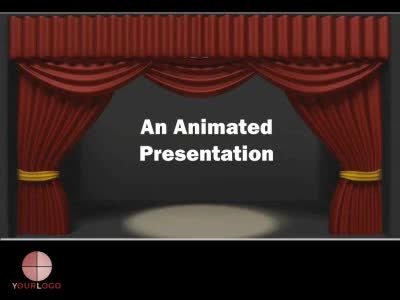

This is a Random Bars transition but, since the two slides are identical except for the “review” box, only the review box “appears.” Unfortunately, this doesn’t add much to our toolbox, since only 8 of the 45 available transitions (in my version of PowerPoint) work this way. Here’s an example using a transition to a second slide to mimic an Entrance animation: Of course, in some cases, this not apparent.

In the usual transitions, the entire slide is affected. So, the effect looks like an animation rather than a transition. Other objects (e.g., the slide title, background and your logo) remain fixed during the transition. The carousel post used a “dynamic content” transition this essentially allows you to specify which objects on the slide are affected by the transition effect. Finally, see this source to see how bad this kind of thing can get.

They should be used only for a reason (see this post for a more complete essay on this subject). To wit: transitions are like animation in general using transitions just because Microsoft says they are “exciting” is poisonous. This post is about using transitions in other unusual ways.īut first, I beg your indulgence for a short rant about transitions. In my last post, I used a slide transition to simplify construction of a “photo carousel” effect.


 0 kommentar(er)
0 kommentar(er)
